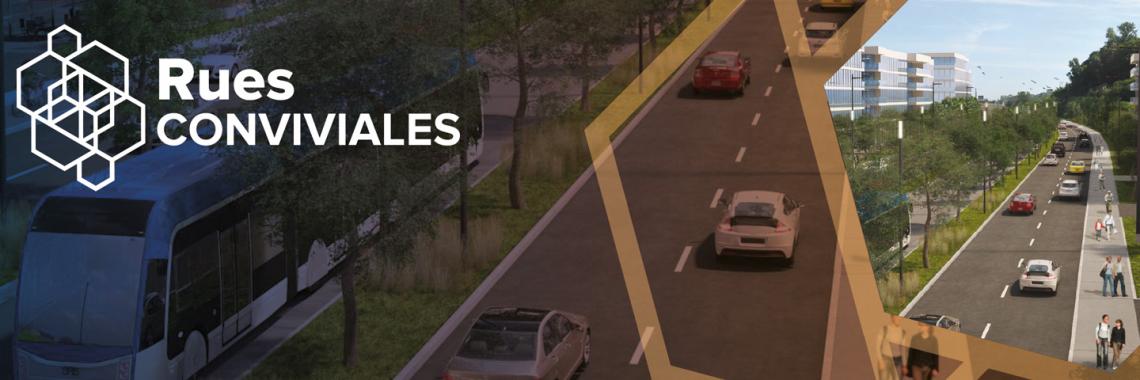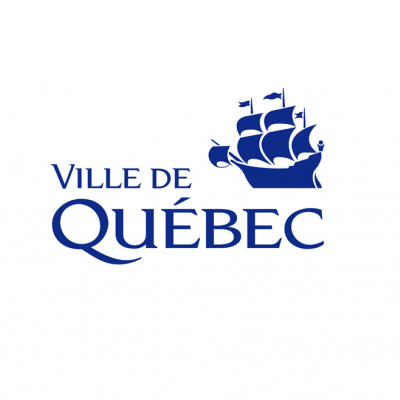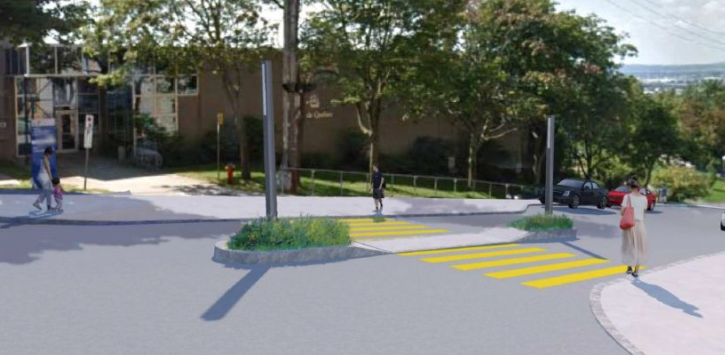
Friendly streets
The vision that guides this process is centred on the impacts of our interactions with residents, which place the residents’ well-being at the core of the decision-making process and specifically, in the development of adjoining public spaces. The Friendly Streets approach aims to create a network of streets and public spaces that improves the quality of living environments.
Context
QuébecCity already has a number of programs, policies, guides and resources that deal with topics that are related to the Friendly Streets approach and which advocate for resident quality of life, but too often, these tools and related knowledge remain sectorial.
Mission
The mission was to develop a global interdisciplinary approach that would facilitate sharing and communication of needs and expertise in order to promote projects that support the quality of urban life and living together.
This approach includes the important role of alternative and active transportation. The needs of the most vulnerable groups are analyzed and integrated into the beginning of the process through multimodal, human-scale planning.
The specific objective in developing a Friendly Street is to support accessible, safe and comfortable travel for:
1) all modes of transportation (pedestrians, cyclists, public transportation, cars, trucks)
2) all personal conditions (children, persons with reduced mobility, seniors)
3) every season (summer, fall, winter and spring).
Consequently, the street design remains sensitive to the context and adapted to the character, scale and surrounding neighbourhood, while enhancing its identity. It’s not the same in a suburban area as it is in a denser area. Three components guide the design of Friendly Streets: the active component, the green component and the wintertime component.
Implementation
A new decision-making process had to be created for redesigning the streets of Québec City which, in addition to its relationship to the continuity and obsoleteness of infrastructures, would integrate all nearby services and professionals who might be affected by the redesign. This way, larger mobility, urban health, environment and social accessibility issues are integrated into decision making.
Results
To date, several streets have been redesigned according to the principles of Friendly Streets. The advantages vary according to each project. For each street, results are available on QuébecCity’s Web site for the Friendly Streets program. Here’s an example of a project and its advantages.
Active Component
•Creating a small public square in the curve of the road
•Narrowing pedestrian crossings
•Adding a cycling strip and bike parking
Green Component
•60 trees planted
•Boxes added for trees and shrubs
•Reduction of heat islands
Wintertime Component
•Heated bus station – planned for 2018
•Widening sidewalks to 2.4 m
•Harmonizing lighting
•Obstacle-free design to facilitate snow removal
In conclusion, Québec City has implemented a design process that integrates the needs of residents and municipal stakeholders, whose design and enhancement priorities for public spaces are understood, documented, counted and justified. This approach is adapted both to central neighbourhoods and suburbs, while addressing technical needs with development objectives for a well-designed city.
Other examples:
City
Owner


